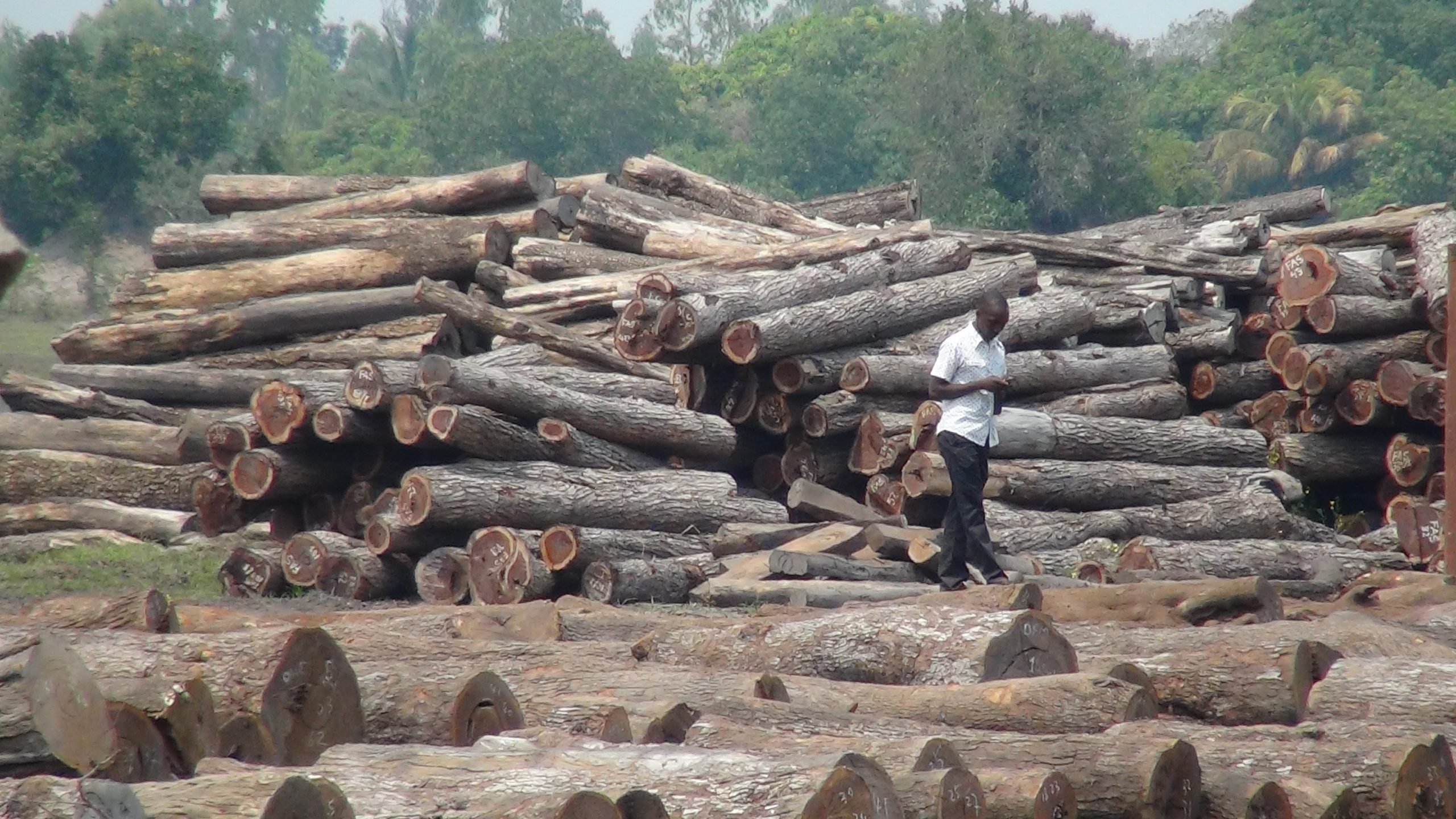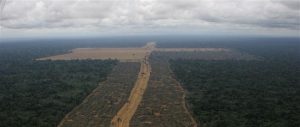The world’s fourth-poorest country is losing tens of millions of dollars in lost taxes from the illegal logging trade with China, according to an investigation.
Mozambique has suffered years of illegal logging of its natural forests, with widespread corruption and smuggling allowing the illegal timber to leave the country.
The main destination for much of this trade has been revealed to be China, according to evidence compiled by the London-based Environmental Investigation Agency (EIA).
In 2012, Chinese companies imported between 189,615 and 215,654 cubic metres of timber that had been illegally exported from Mozambique – comprising a staggering 48% of China’s imports from the country.
EIA estimates that more than US$29 million in avoided tax may have been lost to State revenues in 2012 from unlicensed exports to China worth more than US$130 million.
“Despite recent commendable efforts by the Mozambican Government to control the illegal trade in timber to China, our investigation uncovers how high-level politicians, in league with unscrupulous Chinese traders, continue to not only breach Mozambique’s export and forest laws but are now putting pressure on the sustainable yield of Mozambique’s forests," said EIA forests campaigner Chris Moye.
EIA has urged Mozambique to bring in an immediate ban on the export of logs, while they investigate corruption within the forest sector. China is also urged to ban the import of illegal timber and ensure its state-owned companies are not exporting illegal timber from the country.
The EIA’s report follows another in late 2012 that accused China of being the world’s biggest buyer of illegal wood.
Since the late 1990s China has taken strong measures to protect and grow its own forests, but has built up a vast wood processing industry that has become heavily reliant on imports. In effect, says the EIA, it has exported deforestation overseas.
China Timber & Wood Products Distribution Association (CTWPDA), the largest timber trade federation in China, responded to that report by questioning the data and approaches used by EIA.



